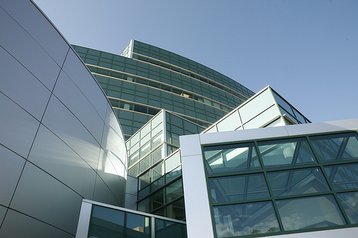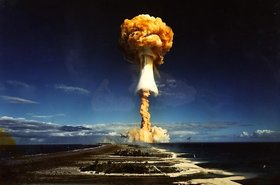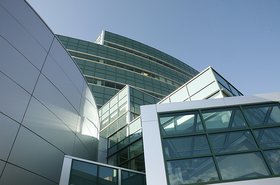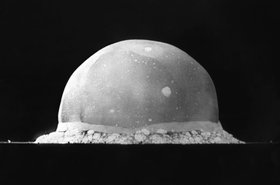Los Alamos National Laboratory has issued a request for proposal (RFP) for Crossroads, an 18MW supercomputer that will be used to support the US Stockpile Stewardship Program.
Responses to the RFP are due on March 18, with the contract awarded by the end of calendar year 2019, and the supercomputer installed at Los Alamos by Fall of 2021.
Crossroads
The system is expected to improve efficiency in application performance, workflow, and application development. LANL says that it wants to optimize the complete weapons simulation life cycle, rather than focusing on a single aspect such as system cost or power usage. The supercomputer will support the 'highest fidelity of next-generation weapons simulations,' meeting National Nuclear Security Administration Defense Programs’ mission needs.
“Since the era of the Manhattan project, it has been essential to underwrite the performance of nuclear weapons using the most powerful computing available," Bob Webster, the deputy laboratory director of the Weapons Program at LANL, said. "This is particularly true since the cessation of testing.”
The RFP, viewable here, provides some insight into what the DOE is looking for. A draft technical specifications document lists a peak power of 18MW, and notes that "LANL facility will provide inlet water at a nominal 75°F, per system design."
As for air cooling, "the system must operate with supply air at 75°F-60°F, with a relative humidity from 30-70 percent. The rate of airflow is between 800-1500 CFM/floor tile. No more than 3MW of heat should be removed by air cooling."
The system can have a maximum footprint of 8,000 square feet (80 feet long and 100 feet deep), in a shell with a 16-foot ceiling and 16-foot ceiling plenum.
“Los Alamos National Laboratory is proud to serve as the home of Crossroads,” Thom Mason, director of Los Alamos National Laboratory, said. "This high-performance computer will continue the Laboratory’s tradition of deploying unique capabilities to achieve our mission of national security science."




